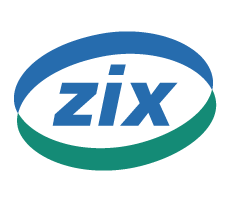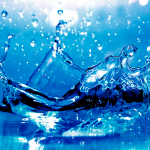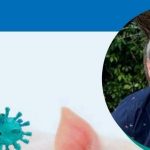We are facing a new challenge in pig production; this is the beginning of some reforms that will generate a rethinking of European pig production in many aspects.
One of the most important changes in the withdrawal of Zinc Oxide in its use as a medicinal premix for the control of post-weaning diarrhea, it will be prohibited in June 2022.
It should be remembered that zinc oxide is not prohibited as a micronutrient, but its use may continue to be included in correctors at the doses permitted for this purpose. The ban covers its therapeutic use at a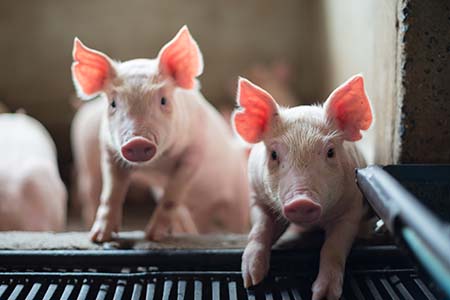 minimum of 2400 ppm in the prevention of colibacillary diarrhea. The reason for this prohibition is that most of the zinc oxide is eliminated in the feces and is therefore excreted into the environment, producing undesirable contamination.
minimum of 2400 ppm in the prevention of colibacillary diarrhea. The reason for this prohibition is that most of the zinc oxide is eliminated in the feces and is therefore excreted into the environment, producing undesirable contamination.
This is the new reality that, on the other hand, was revealed a few years ago with the specific prohibition of the use of zinc oxide in feed and its subsequent legalization as a therapeutic premix. If we check past, we can remember that at that time serious problems of diarrhea in transition were suffered.
The European Commission granted 5 years for the withdrawal, it is enough time for the industry to adapt and establish new solutions for those problems that may arise from the ban. In a few months, the ban will be a reality.
ZIX PROGRAM ALTERNATIVE TO ZINC OXIDE. Aquazix® Plus Ag + Colizix® 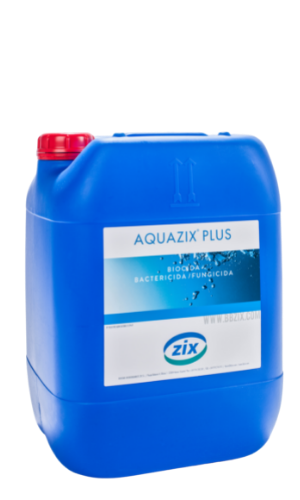
Since the decision of the European Commission, at Biocidas ZIX we have analyzed, developed, and tested alternatives to solve this problem, concluding that the best way to tackle this and other animal health challenges has to be a holistic approach in which natural products are provided that help our animals to have a better digestive balance and a broad vision of good practices is adopted in which they include and improve all aspects related to day-to-day life on our farms: water, biosecurity, facilities, 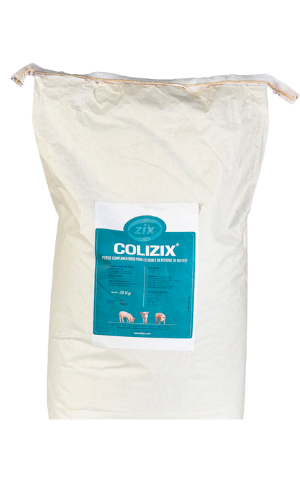 management, environment, etc. Only in this way we will achieve the improvement in health and production that is needed.
management, environment, etc. Only in this way we will achieve the improvement in health and production that is needed.
The improvement of animal health and, therefore, the challenge we face has to be covered by biosecurity, handling, liquid nutrition, and solid nutrition. Bearing in mind that food water is the main feed that our animals are taking, so we must ensure its maximum quality. If it was no longer suitable for animal consumption, it would be difficult for us to obtain good production and/or health results.
Biosafety:
These measures must be focused on preventing the entry of pathogens into our farm and, if they enter the facilities, limit their dispersion within or outside the facilities. The biosafety plan is made up of many internal and external biosafety measures to be applied. Fortunately, biosafety has achieved a more significant role in recent years, providing important benefits in animal health.
Water management.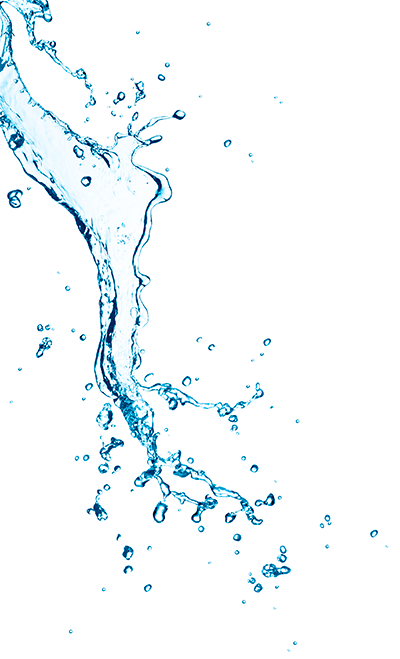
The abundance and quality of water are of special importance for all animals, but in the case of young animals, its quality and availability take on an important role, since the digestive system of young animals is undeveloped, and they are more vulnerable to pathogens. As we know, water is a quantitative and qualitative predisposing factor for a series of pathologies of various aetiologies: bacterial, viral, parasitic, and chemical, so it is a key element to ensure a good transition from zinc ban. For this reason, it is necessary to increase the effort in prevention both to avoid the problems associated with poor microbiological quality of the water and to prevent the presence of biofilm. Biofilm is the cause of difficult-to-resolve infections, it is associated with infectious processes such as dermatitis, pneumonia, mastitis, nosocomial urinary tract diseases, and even septicemia.
We recommend the use of Aquazix® Plus Ag continuously, as this will achieve high microbiological quality water, biofilm removal, and prevention of calcium deposits. In this way, we will ensure the maximum intestinal health of our animals and, therefore, better economic results on our farms.
Nutrition.
Once the quality and quantity of the main food that the animals ingest (water) is assured, it is time to reinforce and improve the productive performance through the feed. Intestinal health is one of the most influential factors in productive performance since it determines the pig’s ability to absorb the nutrients provided in the feed. Therefore, keeping the intestinal tract in optimal conditions in the weaning production stage becomes one of the most successful strategies to improve weight gain and the conversion rate during it.
At Biocidas ZIX we offer a natural solution based on a combination of phytobiotic products that promotes and helps maintain the health of the intestinal tract, regulates the microbiota, and improves the digestive physiology of piglets.
ZIX Aquazix® Plus Ag & Colizix® Program Test. Test & Trials, S.L.
To check whether the scope of the beneficial effects of Aquazix® Plus Ag and Colizix® in controlling digestive disorders in piglets compared to the prohibition of the use of zinc oxide, Biocides ZIX together with the company Test & Trials carried out a study on a commercial farm to quantify the effect on production rates and associated parameters during the weaning phase.
The test population was 432 piglets at the beginning, its duration was 43 days, during the Prestarter and Starter stages, there was no treatment in the starter milk phase. The Prestarter stage (stage 1) took place from day 26 to day 43 of the life of the piglets and the Starter phase (stage 2) took place from day 43 to day 69 of the life of the animals. Piglets were differentiated into 5 batches (T1, T2, T3, T4, T5) each with a differentiated feed and water line.

The application rates for the ZIX Aquazix® Plus Ag & Colizix® Program are as follows.
Phase 1 (Prestarter): Colizix® 3 Kg/t of Colizix® and Aquazix® Plus Ag 250 ml / 1,000 liters of water.
Phase 2 (Starter): Colizix® 2 Kg/t of Colizix® and Aquazix® Plus Ag 250 ml / 1,000 liters of water.
During stage 1 (Prestarter), the group of piglets T1 was the control batch, which was given a “white” feed (without zinc oxide, or Colizix®, or Aquazix® Plus Ag) and they were given the E. Coli vaccine to reduce the number of casualties in this group. The T2 group had a feed to which 2,500 ppm Zinc was added and without the addition of Aquazix® Plus Ag in the water. Batch T3 had a feed to which 2,500 ppm Zinc and 250 ml / 1,000 liters of water of Aquazix Plus Ag were added. Batch T4 had a feed to which 3 Kg/t of Colizix® was added, without the addition of Aquazix® Plus Ag in the water. Batch T5 had a feed to which 3 Kg/t of Colizix® and 250 ml / 1,000 liters of water of Aquazix® Plus Ag were added.
During stage 2 (Starter), the group of piglets T1 continued to be the control batch, to which a “white” feed (without zinc oxide, or Colizix®, or Aquazix® Plus Ag) with the vaccine was administered. E. Coli was administered in the previous phase. The T2 group had a feed with no addition of Zinc and no addition of Aquazix® Plus Ag in the water. Batch T3 had a feed without the addition of Zinc and 250 ml / 1,000 liters of water of Aquazix Plus Ag. Batch T4 had a feed to which 2 Kg/t of Colizix® was added, without the addition of Aquazix® Plus. Ag in the water. Batch T5 had a feed to which 2 Kg/t of Colizix® and 250 ml / 1,000 liters of water of Aquazix® Plus Ag were added.

Throughout the whole period, the animals were monitored, evaluated, and recording the main production parameters in each of the batches, in addition to other parameters:
EVALUATED PRODUCTIVE PARAMETERS (among others).
- Bodyweight (BW) Kg.
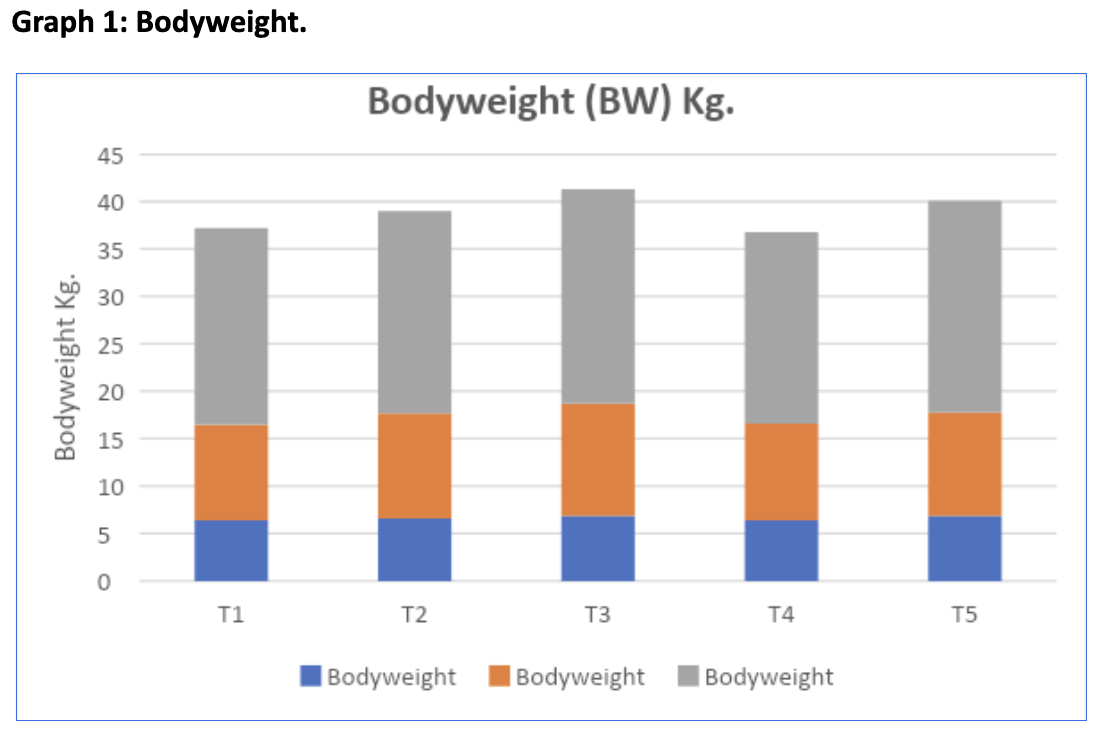
- Conversion rate (CR).
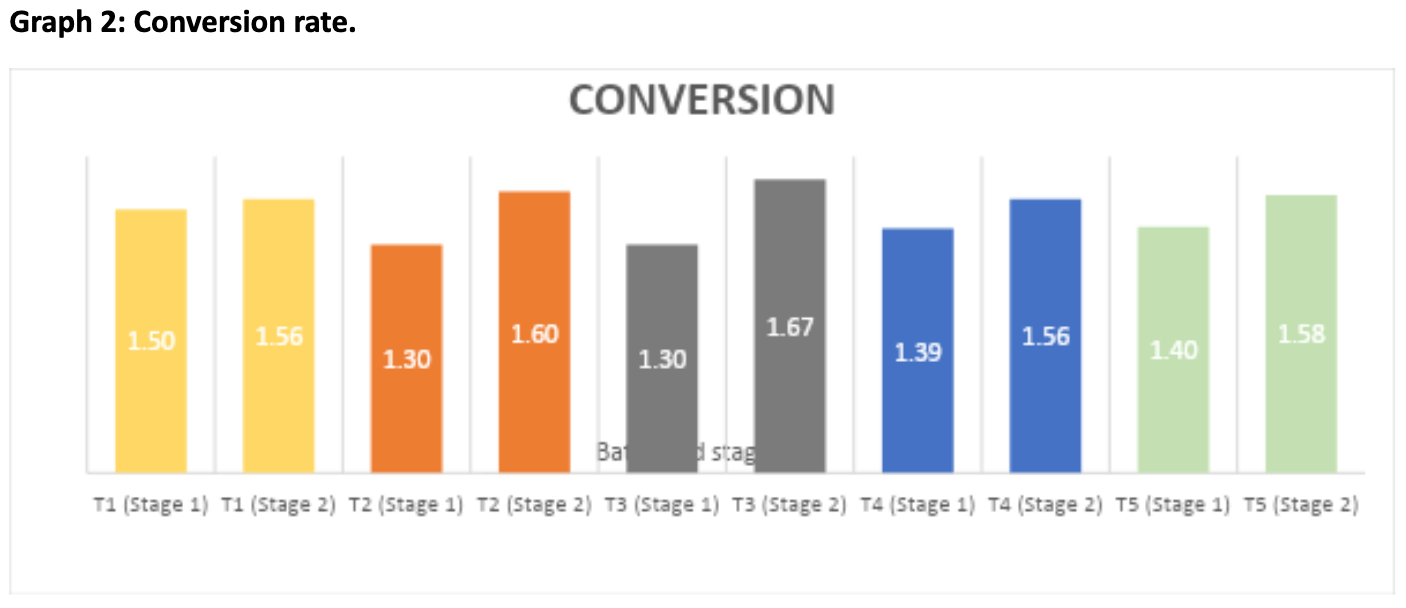
- Amount of Antibiotic mg/kg weight gain.
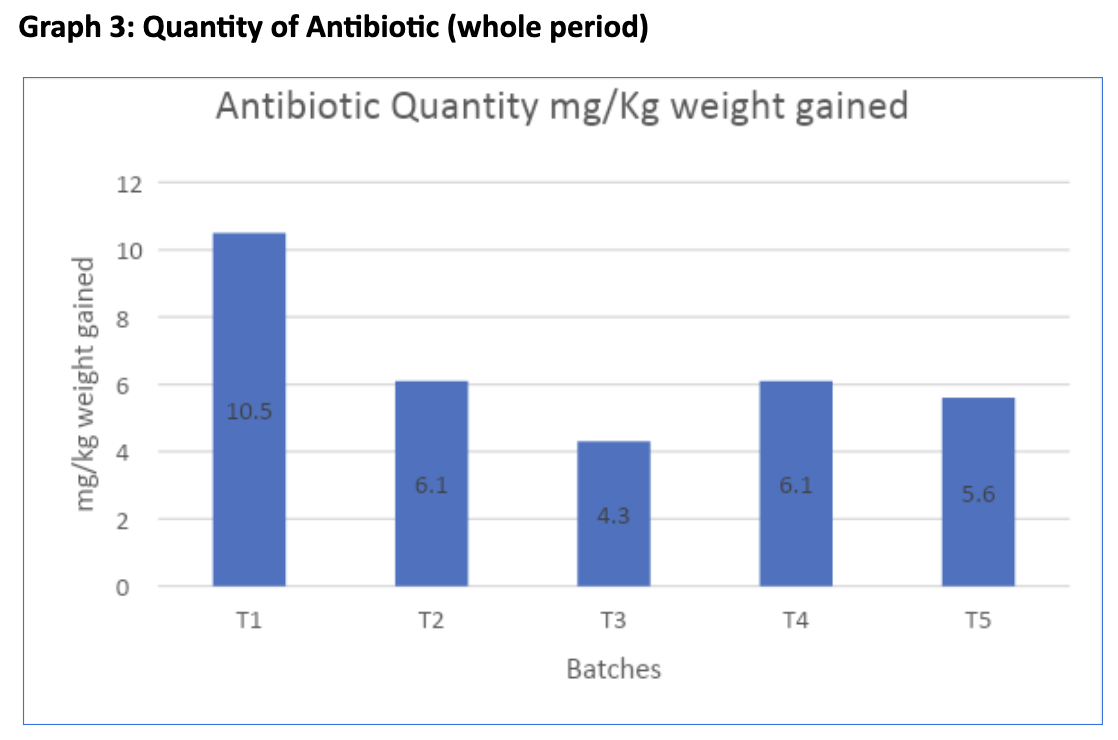
CONCLUSION.
Over the overall study period, batches where Colizix® was added with and without Aquazix® Plus Ag (T4 and T5) led to similar results when compared to their zinc oxide-supplemented controls (T2 and T3). Assessing its efficacy in the different phases, the groups treated with Colizix® (T4 and T5) show a better behavior in stage 2 (Starter), compensating for the global period some of the differences observed in the initial phase. It should also be noted that the group supplemented with zinc oxide and Aquazix® Plus Ag (T3) presented improvements in the coefficient of variation of body weight, average daily gain, and average daily consumption during the first phase of the study, in comparison with the group T1. It is worth mentioning that an error was detected in the correct dosage of Aquazix Plus (T3 and T5) during the first week of the study, where the levels measured through control strips of hydrogen peroxide in water were lower than expected in the corresponding drinkers.
There are alternatives that allow us the correct transition towards livestock free of antibiotics and zinc oxide, all of them mean that we have more respectful animal health without diminishing the productive results of our farms.
